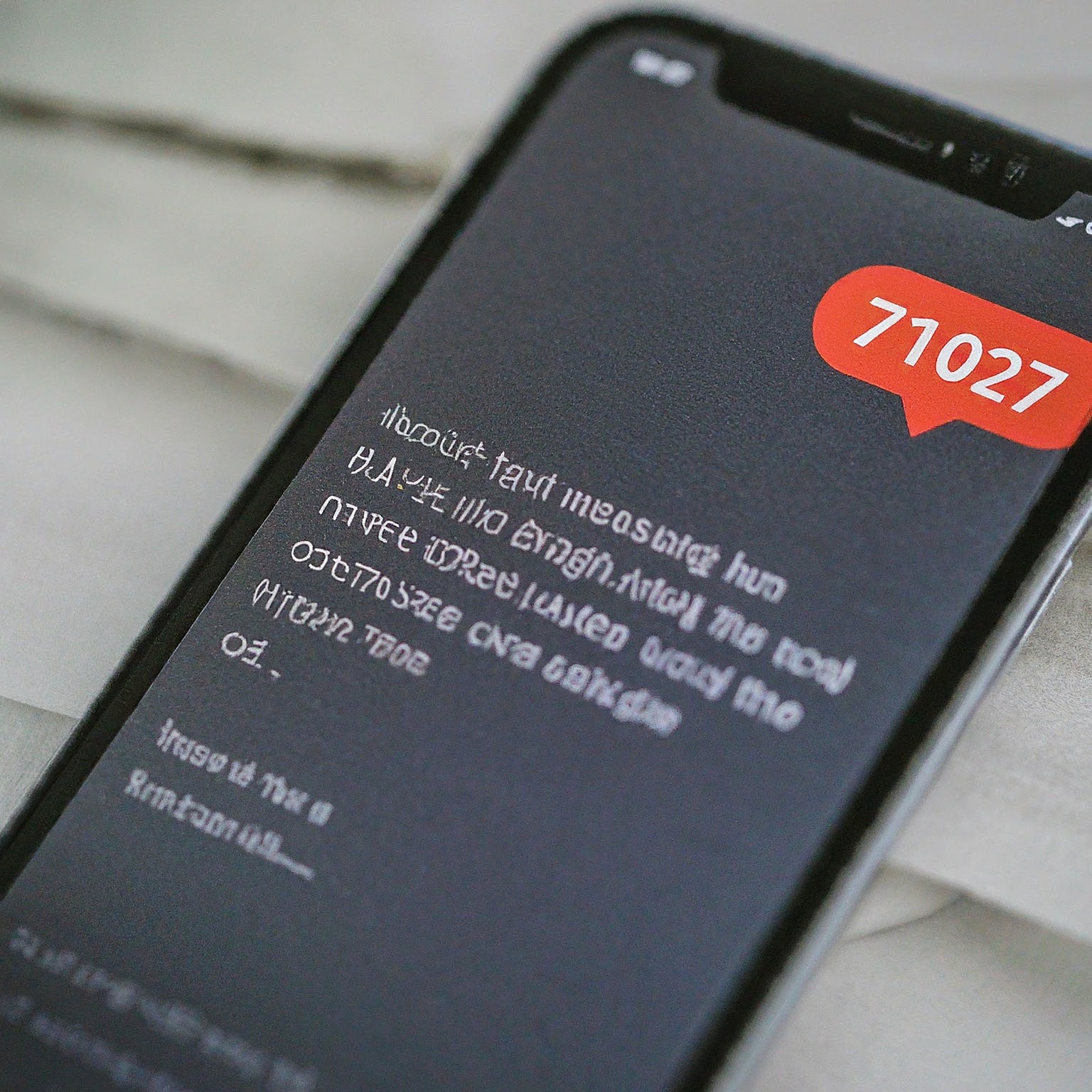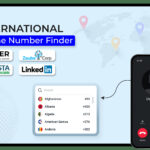A text message originating from the short code 71027 is typically a legitimate promotional alert, marketing notification, or appointment reminder sent by a business you previously interacted with. Unlike a standard 10-digit phone number, short codes are 5- or 6-digit numbers designed for high-volume, automated messaging.
The key to understanding short code 71027 is that it is a shared short code. This means that no single company owns it; instead, multiple businesses—often major retailers and service providers—use it to send messages to their respective customers.
This guide will identify the most common senders, explain why you are receiving the messages, confirm that the code is generally safe, and provide the crucial, direct instructions for opting out of unwanted texts.

What is Short Code 71027 Used For?
The 71027 short code is primarily used for Application-to-Person (A2P) messaging, allowing companies to communicate with customers who have given explicit consent to receive messages.
The Most Common Senders Using 71027
Because 71027 is a shared short code, the sender changes based on which company’s text list you opted into. The most frequent users of this code include major retailers and local service providers:
- Major Retailers (TJX Brands): Companies like TJ Maxx, Marshalls, HomeGoods, and Sierra are well-known users of this code for sending:
- Promotional offers and coupons.
- Alerts about new store arrivals or flash sales.
- Loyalty program updates.
- Appointment Reminders: Many small and large businesses, such as dental clinics, doctor’s offices, hair salons, and auto repair shops, use this code for automated:
- Appointment confirmations.
- Service reminders.
- General Marketing & Alerts: Various other brands may use it for contest entries, polls, surveys, or general customer notifications.
Why You Received a Text from 71027
You are receiving messages from this short code because you or someone using your phone number provided consent to one of the companies using it. This “opt-in” often happens subtly and may have occurred when you:
- Signed up for a discount: You texted a keyword (e.g., “SAVE” or “JOIN”) to the number to receive a coupon.
- Provided your phone number at checkout: Many stores ask for your number for a rewards program or an e-receipt, which doubles as an opt-in for texts.
- Scheduled a service online: When booking an appointment, you checked a box to receive text reminders.
Is Short Code 71027 a Scam?
No, the short code 71027 itself is not a scam. It is a legitimate messaging service used by reputable companies. Short codes are highly regulated by carriers, making them a secure method for business-to-consumer communication.
However, you should always be cautious about the content of the message:
- Legitimate companies will clearly identify themselves in the text (e.g., “TJ Maxx: Flash Sale Alert!”).
- If the text asks for sensitive personal information (like a credit card number, Social Security Number, or bank login) or tells you to click a suspicious, shortened link immediately, it could be a phishing attempt. Always verify the source independently before clicking any links.
The Direct Way to Stop Texts from 71027
The fastest and most effective way to stop unwanted text messages from the 71027 short code is to reply with the universally recognized opt-out keyword.
Actionable Opt-Out Step
- Open the unwanted text message from 71027.
- Reply directly to that message with the word: STOP
- You should receive one final confirmation text stating that you have been successfully unsubscribed from that specific campaign.
Important Note for Shared Short Codes
Because 71027 is a shared short code, replying STOP will only unsubscribe you from the specific company or campaign that sent the last message.
- Example: If you reply STOP to a Marshalls coupon alert, you will stop receiving Marshalls coupons. However, you might still receive text reminders from your dentist if they are also using the 71027 code for a separate campaign.
- To stop ALL messages from this short code, you must reply STOP to a message sent by each different company that is using the number to contact you.
What NOT to Do
- Do not block the number: Blocking the entire short code on your phone may prevent you from receiving texts you want, such as a critical appointment reminder or a two-factor authentication code from a trusted source that also uses the same number. Replying STOP is a more precise solution.
- Do not reply with anything other than STOP or HELP: Replying with phrases like “UNSUBSCRIBE” might work, but STOP is the standard, guaranteed industry-wide opt-out keyword. Replying with a random word confirms your number is active and could lead to more spam.
Frequently Asked Questions (FAQ)
What is the difference between a short code and a regular phone number?
A short code (like 71027) is a specialized 5- or 6-digit number leased by businesses for high-volume, automated texting (SMS marketing, alerts, reminders). A regular phone number (10 digits) is typically used for personal communication and two-way conversations, and is not designed for sending thousands of messages per second.
Why do I keep getting texts from 71027 after I replied STOP?
This almost always happens because 71027 is a shared short code. When you replied STOP, you unsubscribed from the last sender. You likely have two or more separate subscriptions (e.g., a retailer and a doctor’s office) that are both using the 71027 number. To stop all messages, you need to find a text from the other sender(s) and reply STOP to those as well.
Is there a charge for receiving texts from short code 71027?
In most cases, no, there is no premium charge. However, the standard disclaimer “Message and data rates may apply” is always in effect. This means if your mobile plan does not include unlimited texting, receiving the message will count against your monthly text message allowance.
Can I look up exactly who owns the 71027 short code?
You can look up the primary lessor (the company that leases the number from the carrier) in the U.S. Short Code Directory (managed by the Common Short Code Administration). However, since 71027 is a shared short code, the registry will only tell you the name of the messaging service provider, not the specific end-client (like TJ Maxx or your dentist) who sent you the text. The simplest way to find the end-client is to re-read the text message itself, as reputable companies are required to identify their brand.


